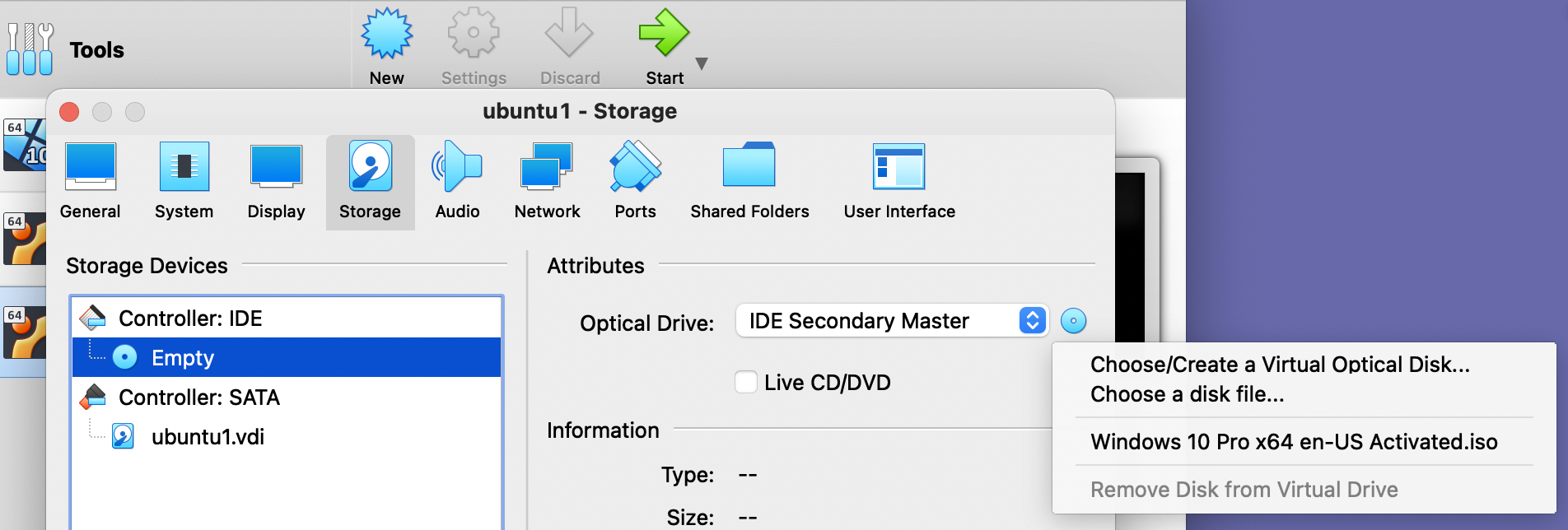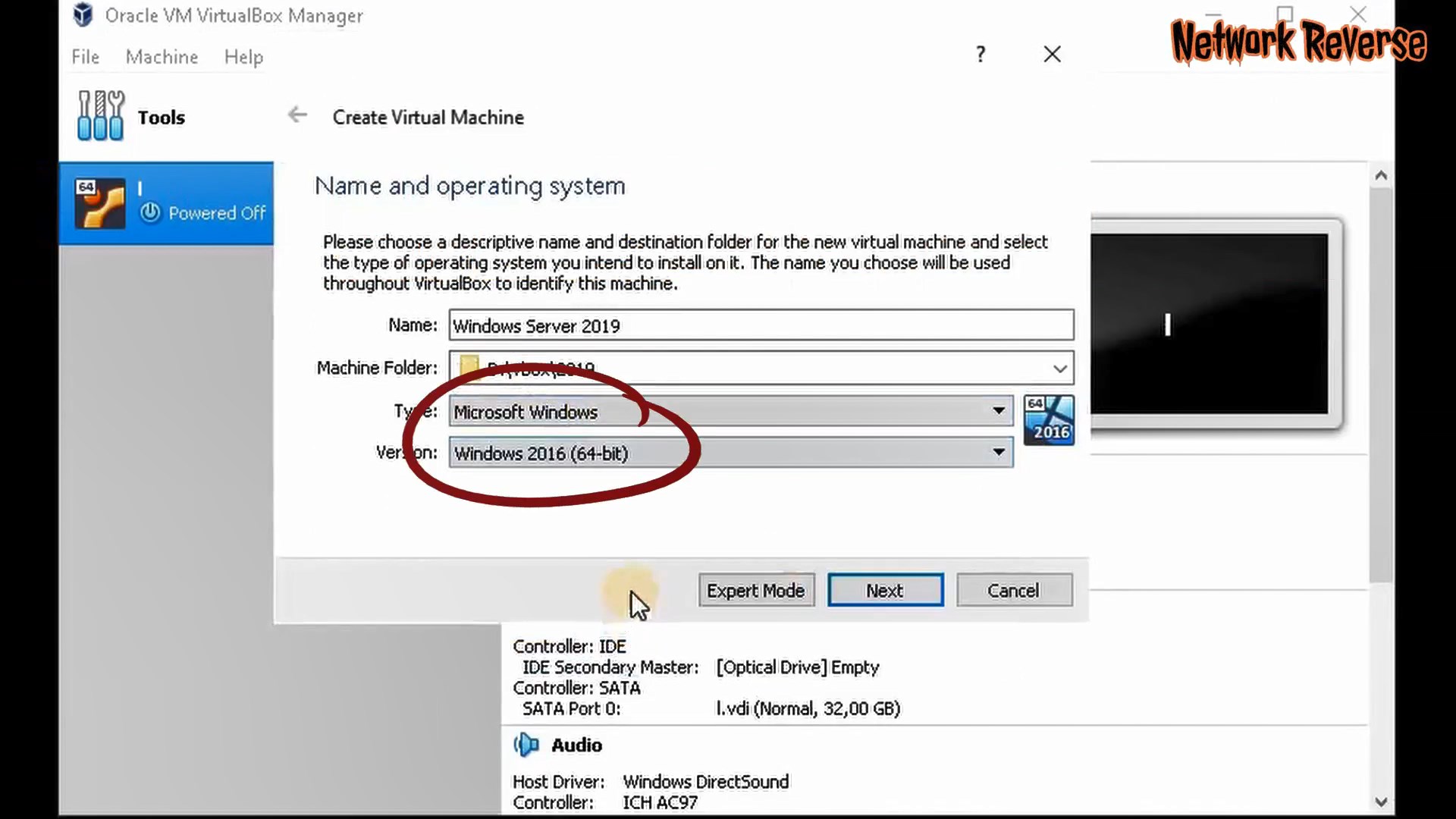
- #Virtualbox virtual optical disk file empty how to
- #Virtualbox virtual optical disk file empty 64 Bit
- #Virtualbox virtual optical disk file empty driver
- #Virtualbox virtual optical disk file empty manual
- #Virtualbox virtual optical disk file empty windows
#Virtualbox virtual optical disk file empty windows
The Windows 200 system, which has improved file encryption, NTFS file system, and file compression features, was more successful in corporate companies. This operating system from Microsoft is also known as Win2K. Windows 2000, first officially named Windows NT 5.0, was released on February 17, 2000.
#Virtualbox virtual optical disk file empty how to
How to Install Windows 2000 on Windows 10 in Oracle VM VirtualBox
#Virtualbox virtual optical disk file empty 64 Bit
Action for Handling a Guru Meditation 9.17.11.In this article, we will examine how to set up Windows 2000 Professional on a new virtual machine using Oracle VM VirtualBox on the Windows 10 64 Bit operating system. Default Action when Terminating the VM 9.17.10. Configure VM Window Status Bar Entries 9.17.6. Configure VM Selector Menu Entries 9.17.4. Customizing the VirtualBox Manager 9.17.2. Locking Down the Oracle VM VirtualBox GUI 9.17.1. Oracle VM VirtualBox and Oracle Solaris Kernel Zones 9.17. Configuring the Oracle VM VirtualBox CoreDumper on Oracle Solaris Hosts 9.16. Configuring Multiple Host-Only Network Interfaces on Oracle Solaris Oracle VM VirtualBox VNIC Templates for VLANs on Oracle Solaris 11 Hosts 9.14.
#Virtualbox virtual optical disk file empty driver
Installing the Alternate Bridged Networking Driver on Oracle Solaris 11 Disabling the Guest Additions Time Synchronization 9.12. Tuning the Guest Additions Time Synchronization Parameters 9.11.4. Accelerate or Slow Down the Guest Clock 9.11.3. Configuring the Guest Time Stamp Counter (TSC) to Reflect GuestĮxecution 9.11.2. Fine Tuning Timers and Time Synchronization 9.11.1. Configuring the BIOS DMI Information 9.10. Configuring Aliasing of the NAT Engine 9.9. Using the Host's Resolver as a DNS Proxy in NAT Mode 9.8.7. Binding NAT Sockets to a Specific Interface 9.8.5. Configuring the Boot Server (Next Server) of a NAT Network Interface 9.8.3. Configuring the Address of a NAT Network Interface 9.8.2. Fine Tuning the Oracle VM VirtualBox NAT Engine 9.8.1. Access iSCSI Targets Using Internal Networking 9.8. Configuring the Hard Disk Vendor Product Data (VPD) 9.7.3. Using a Raw Host Hard Disk From a Guest 9.7.2. Configuring the Maximum Resolution of Guests When Using the Graphicalįrontend 9.7. Guest Graphics and Mouse Driver Setup in Depth 9.4.
#Virtualbox virtual optical disk file empty manual
Manual Setup of Selected Guest Services on Linux 9.3.2. Advanced Configuration for Linux and Oracle Solaris Guests 9.3.1. Automated Windows System Preparation 9.3. Advanced Configuration for Windows Guests 9.2.1. Automated Linux and UNIX Guest Logins 9.2.

VBoxManage usbfilter add/modify/remove 8.31. VBoxManage getextradata/setextradata 8.29. Export to Oracle Cloud Infrastructure 8.12.

Import from Oracle Cloud Infrastructure 8.11. Autostarting VMs During Host System Boot 8.9. Multiple Connections to the VRDP Server 7.1.8. Step by Step: Creating a Virtual Machine on a Headless Server 7.1.4. VBoxHeadless, the Remote Desktop Server 7.1.3. Limiting Bandwidth for Network Input/Output 6.11. Configuring Port Forwarding with NAT 6.3.2. Viewing Detailed Information About a Virtual Disk Image 5.11.2. vboximg-mount: A Utility for FUSE Mounting a Virtual Disk Image 5.11.1. Disk Image Files (VDI, VMDK, VHD, HDD) 5.3. Controlling Virtual Monitor Topology 4.11.1. Using the Guest Control File Manager 4.9. Using Guest Properties to Wait on VM Events 4.8. Hardware 2D Video Acceleration for Windows Guests 4.6. Hardware 3D Acceleration (OpenGL and Direct3D 8/9) 4.5.2. Guest Additions for Oracle Solaris 4.2.4. Installing and Maintaining Guest Additions 4.2.1. Implementation Notes for Windows and Linux Hosts 3.12. An Example of Unattended Guest Installation 3.3. Configuring a Zone for Running Oracle VM VirtualBox 3. Starting Oracle VM VirtualBox on Oracle Solaris 2.4.4. Installing on Oracle Solaris Hosts 2.4.1. Starting Oracle VM VirtualBox on Linux 2.4. The Oracle VM VirtualBox Kernel Modules 2.3.3. Using VBoxManage Commands With Oracle Cloud Infrastructure 1.16. Creating New Cloud Instances from a Custom Image 1.15.10. Importing an Instance from Oracle Cloud Infrastructure 1.15.9. Exporting an Appliance to Oracle Cloud Infrastructure 1.15.8. Using Oracle VM VirtualBox With Oracle Cloud Infrastructure 1.15.7.

Uploading the Public Key to Oracle Cloud Infrastructure 1.15.4. Preparing for Oracle Cloud Infrastructure Integration 1.15.2. Integrating with Oracle Cloud Infrastructure 1.15.1. Exporting an Appliance in OVF Format 1.15. Importing an Appliance in OVF Format 1.14.3. Importing and Exporting Virtual Machines 1.14.1. Removing and Moving Virtual Machines 1.13. Taking, Restoring, and Deleting Snapshots 1.10.2. Capturing and Releasing Keyboard and Mouse 1.8.3. Starting a New VM for the First Time 1.8.2. Installing Oracle VM VirtualBox and Extension Packs 1.6.


 0 kommentar(er)
0 kommentar(er)
